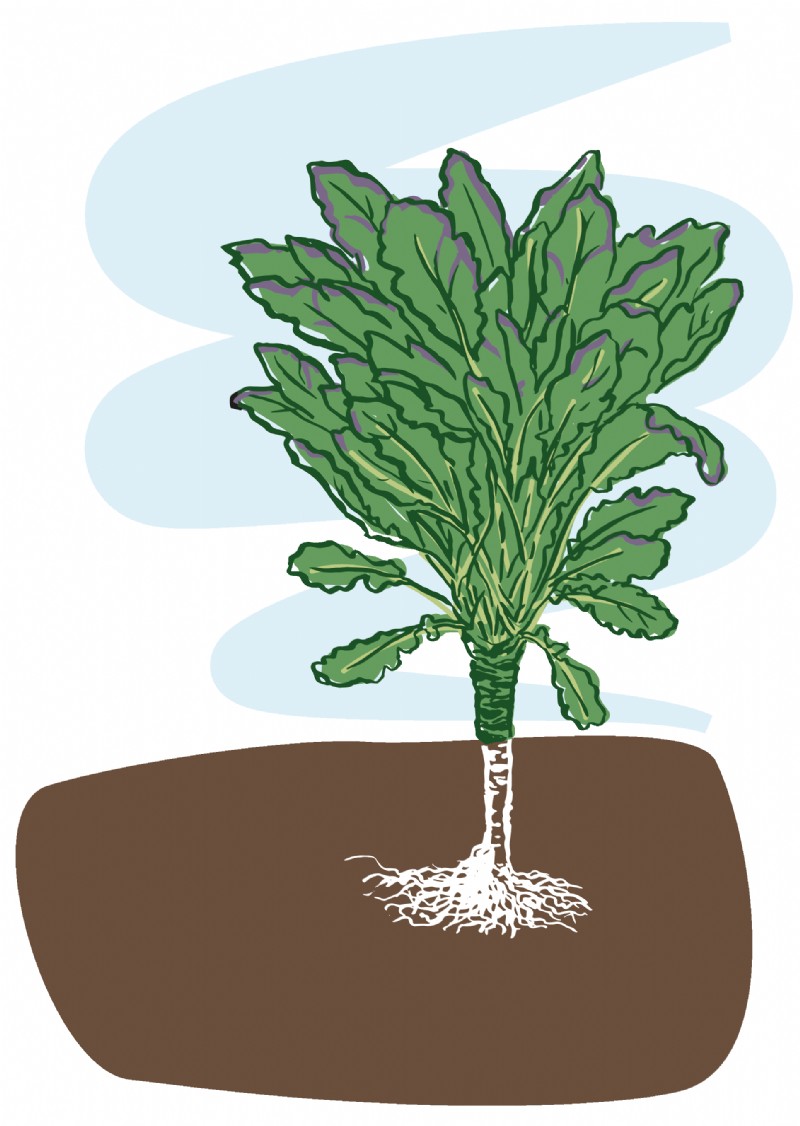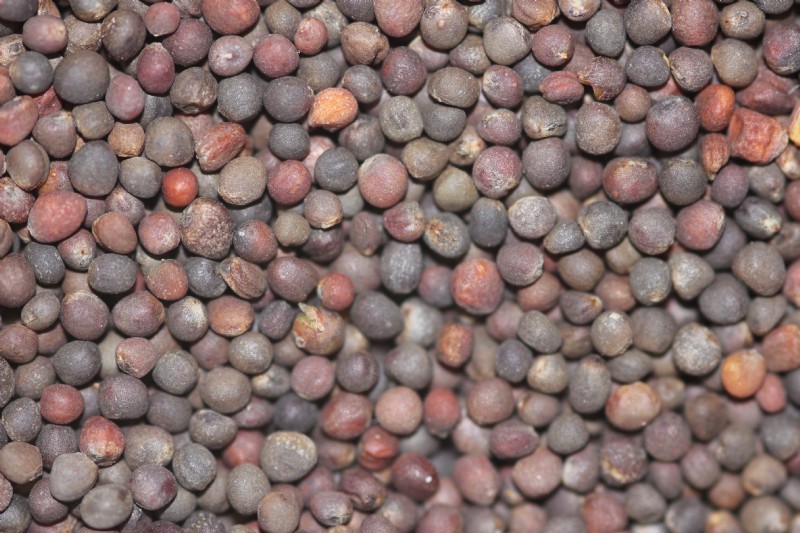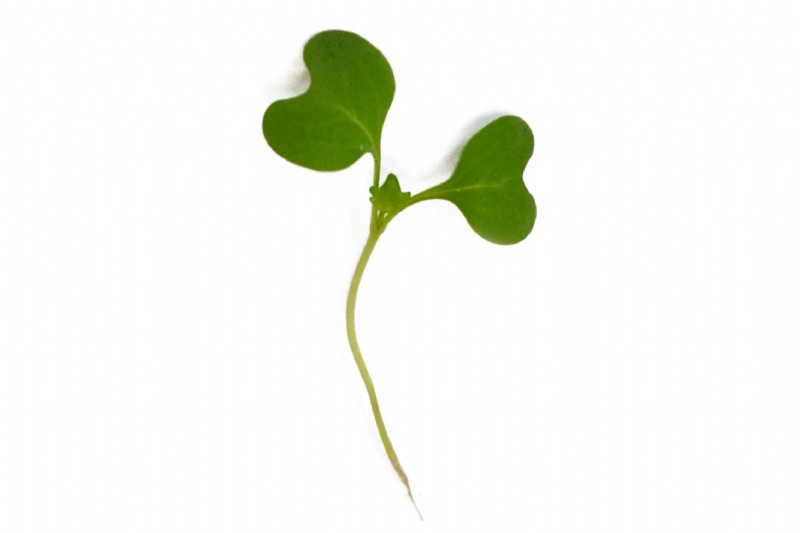Kale
Kale is the highest yielding brassica and being winter hardy, can relieve pressure on winter forage. It has a high protein content and is usually grazed between September and March, depending on sowing time. It can be grazed by most livestock including sheep and cattle.
Uses
Normally used as an out wintering forage for livestock. Occasionally it forms a component of wild bird seed mixtures which are grown for two years at a time.
Persistence
Kale is a biennial, however in almost all cases it is utilised in the year of sowing to provide livestock grazing.
Strengths
A very palatable plant with a high protein content, ideal for fattening lambs or cattle. It is one of the most winter hardy brassicas, this means it can be grazed late in the winter or early spring to fill a forage gap.
Frost Tolerance
Very winter hardy.
Yield
9t DM per ha.
Sowing Rate Advice
2kg per acre - 5kg per ha.
Normally sown as a pure stand.
Ideal Sowing Time
Sow from late April through to early June.
Management
Strip grazing will utilise the crop most efficiently. Due to its slow early establishment, flea beetle can be a potential pest of kale. Club root can be an issue in brassica rotations, it is a disease sometimes seen on heavier, more acidic land. Caledonian kale is a club root resistant variety.
Distinguishing characteristics
Seed
This is a small and rounded seed, normally black or dark brown in colour. It has a smooth but dull finish and is approximately 2mm in size.
Flowering Plant
The plant can be a glossy green colour, often with a waxy surface.
It grows on a very stout stalk, which may be green or sometimes purple (depending on variety).
Forage varieties normally have large leaves, with a prominent mid vein and toothed edges.
If left to go to seed, it produce yellow flowers in year two.
It has two or three strong but shallow lateral to shallow tap roots.
Additional Info
Average seeds per kg - 300,000. Average protein content 17%. Growth Period 20 weeks. A range of varieties are available, depending on desired height and stem thickness.
You can find Kale in the following mixtures
- Hardy Root Mixture
- Quinoa/Kale Mixture
- Two Year Wild Bird Food - CEREAL SEPARATE (CAHL2/AHL2/AB9)
- Two Year Wild Bird Seed Mix 70% ORGANIC CEREAL SEPARATE
- General Purpose Game Mix
- General Purpose Game Mix 70% ORGANIC
- Autumn Sown Bumblebird (AHW1/AB16)
- Flexi Game Cover 2 Year Mix 70% Organic
- FlexiCover Two Year Game Mix
- Cotswold Game Kale Blend
- Cotswold Partridge Mix 70% Organic








